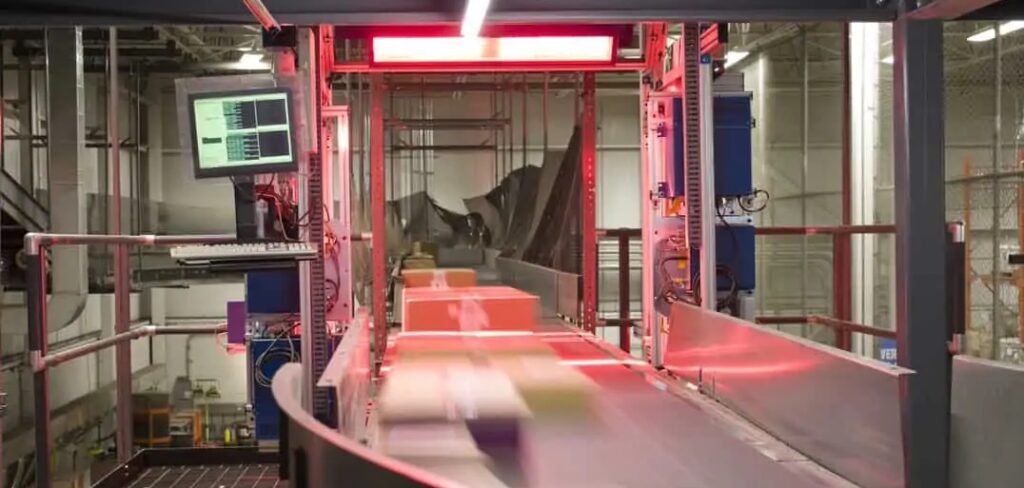The start of 2021 meant a recovery from the repercussions of the pandemic and adaptation to the new normal. The logistics industry was also recuperating from unprecedented disruption in 2020, stepping up to advanced and automated processes. What was surprising was how ‘warehouse automation’ quickly became a buzzword among companies owning warehouses. Automating warehouse operations was always under discussion. However, it sped up only after social distancing measures came into effect and consumers were forced to do their shopping mostly, if not completely, online.
Nonetheless, 2021 turned out to be a game-changer. This was especially true for the companies that took the deliberate step to choose sustainable options for warehouse operations. As this year comes to an end, here are the top three developments in vision software for logistics:
- In Logistics Management’s annual Warehouse Operations & Trends Survey, about 66% of respondents were improving warehouse processes to reduce costs. Of these, 39% improved on the software front, a 4% increase from the last year. Considering how software drives decisions relating to warehouse automation, the system integrators will see a CAGR of 16% in their sales of software solutions up to 2025.
- Previously, machine vision and gripper technology were not advanced enough to pick and place items in the harsh environments of the logistics industry. For instance, identifying overlapping items in low lighting conditions, picking transparent objects or even segmenting shiny items. All these examples highlight how manual labor was inherent in traditional or even semi-automated warehouse environments. Interact Analysis reported that early adopters have already employed piece-picking robots in their warehouses, especially within e-commerce facilities, where picking accounts for more than 50% of the labor spend.
- In 2020, e-commerce exploded by 33% to US$792bn – some 14% of all retail sales – with ‘direct-to-customer’ becoming common retail language. Many manufacturing plants shut down due to the pandemic, disrupting the supply chain process. However, those who preferred to adopt dynamic measures found ways to increase revenue. This highlighted the extent to which customer demand gathered pace and has only accelerated since then. Moreover, the introduction of new products in the market leads to an increasing number of SKUs. This has led to supply chain executives rethinking ways to meet consumer expectations as quickly as possible.
What’s next?
Early this year, Amazon stated that its annual warehouse costs are almost US$90bn, out of which about US$20bn is estimated to be the cost of warehouse staff. Since then, the company has employed AI and automation to improve warehouse efficiency. One of its objectives is automating item picking with perfect object identification to optimize the picking process. The company also plans to automate truck unloading and stacking higher racks.
Something else redefining the future of the logistics industry is Walmart’s implementation of robotics technology to boost warehouse capacity. Companies like Walmart and Amazon understand that managing labor expenses, which account for up to 65% of the warehouse costs, is paramount. Therefore, the rise of industrial robots to streamline warehouse processes can only benefit the industry.
However, warehouse staff are still essential to manage a warehouse optimally, with 95% of current warehouses still reliant on manual labor. The purpose of employing robots is to assist warehouse staff by taking over repetitive, dangerous activities. Thanks to deep-learning algorithms, software-enabled robots are deployed with a trained neural network of millions of images.
Any discussion of automation always puts a spotlight on the hardware, but what about the software and camera technology that defines the quality of the automation process? From object placement to segmenting shiny objects, computer-vision technology has evolved to undertake tasks that were previously only possible through human vision. Having realized the importance of machine-vision technology, this market is estimated to reach US$15.5bn by 2026, with warehouse automation itself expected to be worth US$30bn.
A version of this article was originally published here.


